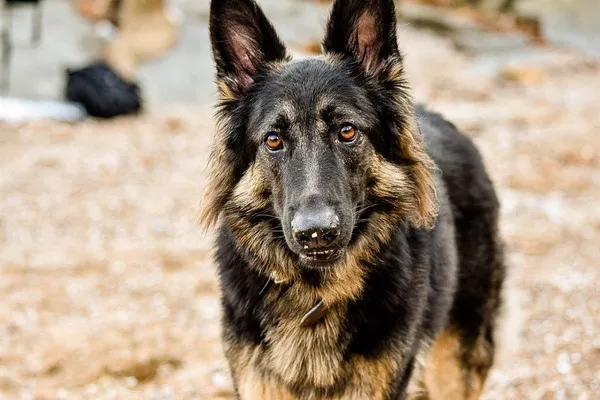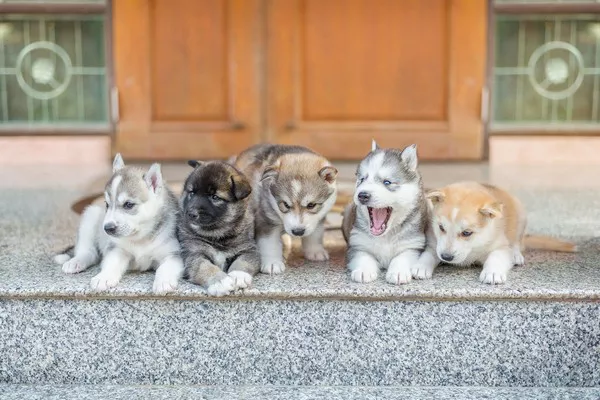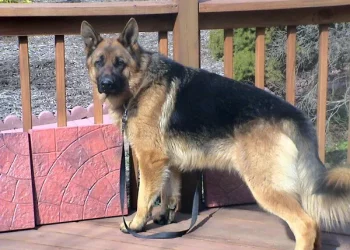The Alaskan Malamute and the Siberian Husky are two majestic dog breeds that often spark confusion due to their similar appearances and shared Arctic origins. Both breeds are known for their strength, endurance, and striking looks, but they are distinct breeds with unique characteristics. In this article, we will delve into the differences and similarities between the Alaskan Malamute and the Siberian Husky to shed light on these two magnificent breeds.
Origins and History
Alaskan Malamute: The Alaskan Malamute is one of the oldest Arctic sled dog breeds and is believed to have originated in Alaska thousands of years ago. They were bred by the native Inuit people to pull heavy loads, assist in hunting, and provide companionship.
Siberian Husky: The Siberian Husky, on the other hand, originated in Siberia, Russia, and has a history dating back around 3,000 years. They were bred by the Chukchi people to pull light loads over long distances and were known for their efficiency and endurance.
Appearance
Alaskan Malamute: The Alaskan Malamute is a large and robust breed with a thick double coat designed to withstand harsh Arctic conditions. They have a broad head, triangular ears, and a plumed tail carried over their back. Their coat colors can range from various shades of gray to black, often with distinctive white markings.
Siberian Husky: Siberian Huskies are medium-sized dogs with a graceful appearance. They have erect triangular ears and a bushy tail that is carried in a sickle shape. Their double coat is also thick, but they come in a broader range of colors, including black, gray, red, and sable, often with striking patterns and markings.
Size and Weight
Alaskan Malamute: Alaskan Malamutes are larger and more robust than Siberian Huskies. On average, male Malamutes weigh between 85 to 100 pounds (38 to 45 kg), while females weigh slightly less, around 75 to 85 pounds (34 to 39 kg).
Siberian Husky: Siberian Huskies are smaller in comparison. Males typically weigh between 45 to 60 pounds (20 to 27 kg), while females weigh approximately 35 to 50 pounds (16 to 23 kg).
Temperament and Personality
Alaskan Malamute: Alaskan Malamutes are known for their friendly and affectionate nature. They are loyal and devoted to their families, making them excellent companions. However, they can also be independent and strong-willed, which can present training challenges.
Siberian Husky: Siberian Huskies are renowned for their playful and outgoing personalities. They are friendly, sociable, and known for getting along well with children and other dogs. Siberian Huskies can be mischievous and have a high prey drive, which requires proper training and management.
Energy and Exercise Needs
Alaskan Malamute: Malamutes have high energy levels and require regular exercise to keep them physically and mentally stimulated. Daily walks, playtime, and activities that challenge their strength are essential to prevent boredom and potential destructive behaviors.
Siberian Husky: Siberian Huskies are incredibly active and need ample opportunities to run and play. They excel in activities like sledding, skijoring, and agility. Huskies are known for their love of pulling, so engaging in activities that allow them to use this natural instinct can be beneficial.
Grooming
Alaskan Malamute: Malamutes have thick, dense coats that shed heavily twice a year during seasonal changes. Regular brushing is essential to manage shedding and maintain the coat’s health and appearance.
Siberian Husky: Huskies also have a dense double coat that sheds regularly throughout the year. They typically shed more during the change of seasons, but regular grooming can help control shedding.
Conclusion
While the Alaskan Malamute and the Siberian Husky share some similarities due to their Arctic origins and sled dog heritage, they are distinct breeds with different sizes, appearances, personalities, and energy levels. It is crucial for potential dog owners to research and understand the unique traits and needs of each breed before making a decision. Both breeds make wonderful companions for the right families who can provide them with the love, care, and attention they deserve.
Recommended reading:


























